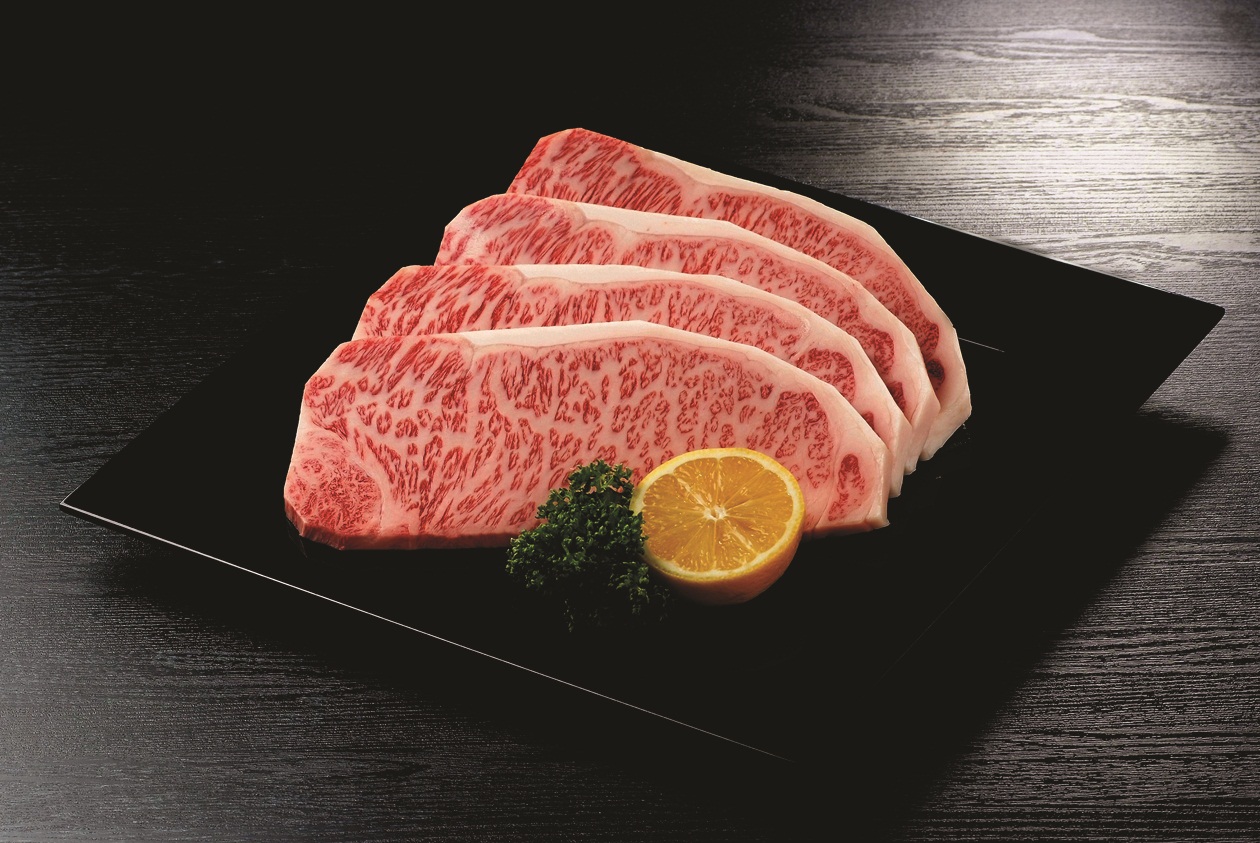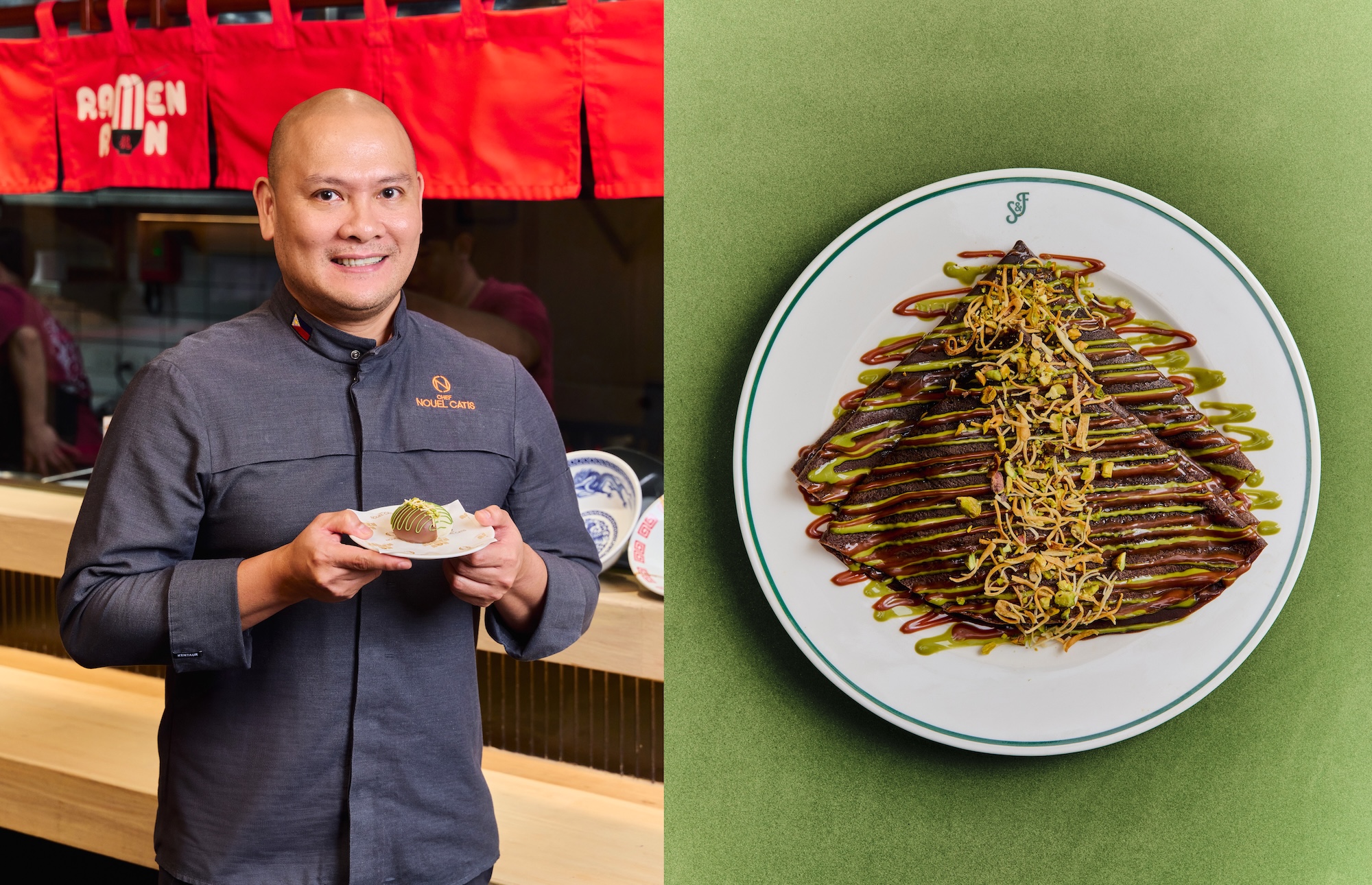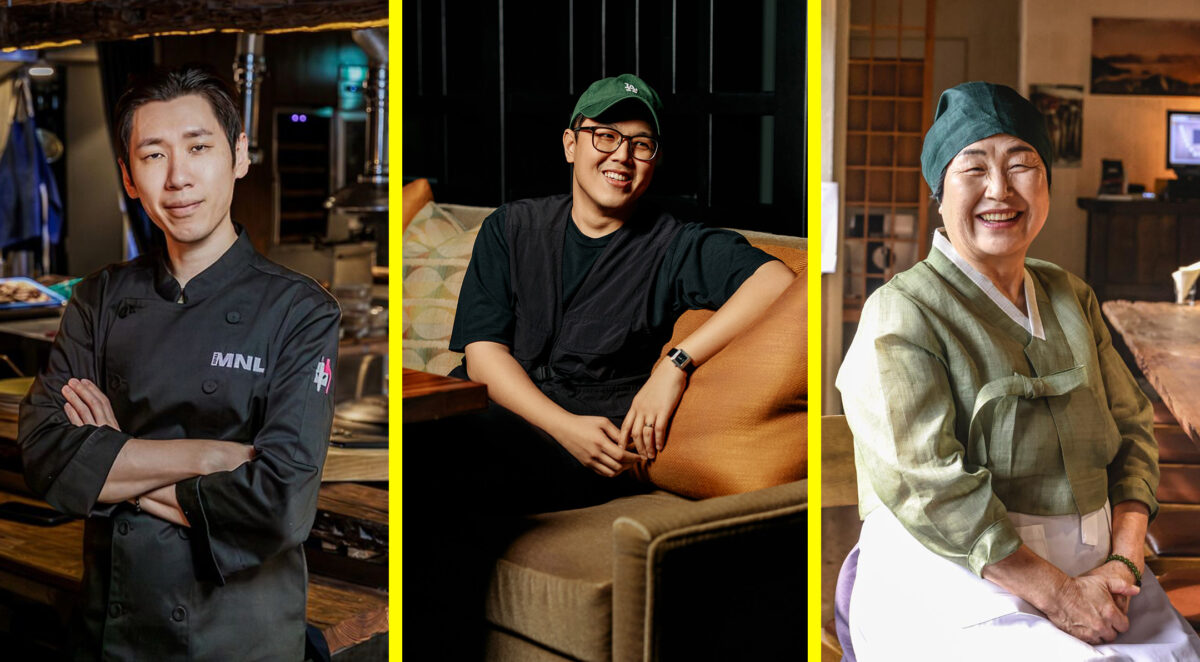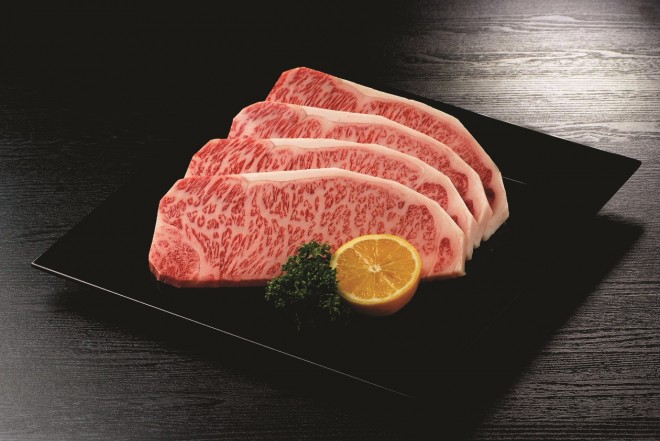
Take a square inch of pure beef fat and wipe it against an infernally hot stone grill. Once you hear that crackling sizzle, get a sliver of perfectly marbleized Wagyu at the table and lay it on the grill.
Count 30 seconds and turn it over. Slice the Wagyu into bite-size portions and sear it to your preferred degree of doneness. Then savor the aroma, grab a fork, take a piece and open wide.
In an ideal world, a meal engages all five senses. House of Wagyu (HoW) in Pasay City aroused every sense in a very intense way via a trove of red and white bovine marble from Japan’s Saga prefecture.
“One piece at a time, please!” HoW’s director Corinne Castañeda said, repeating her appeal to frenzied guests when the special slice of beef made its debut locally in late February.
It did not help at all that those present were also treated to unlimited sips of Henriot Brut Souverain, Montes Alpha Cabernet Sauvignon and Montes Alpha Chardonnay courtesy of the Philippine Wine Merchants.
Special breed
Wagyu is best enjoyed straight from the grill with a single slice laid on the hot slab of stone at one time. Some guests, however, were grilling their steaks two to three slivers at once.
“I cannot wait,” explained Takuya “Jack” Morita, director for overseas business promotion of Japan-based JA Zen-Noh Meat Foods Co. Ltd., who was one of the special guests.
Soon the restaurant was filled with the smoke from Wagyu cooking atop dozens of stone grills. Castañeda called it “the fog of Wagyu heaven.”
To be considered genuine, Wagyu has to come from Japan, particularly the farms where the special breed of cattle is grown. Saga Wagyu, in particular, comes from Japanese black cattle—certified as indigenous to the country since 1944. Only 34 heads are grown per farm.
HoW said the fine taste comes from “the tender loving care that goes into their breeding.” In fact, so pampered are these creatures that farmers make fatted calves wear handmade jackets in winter to keep them healthy.
Cows in Saga are grain-fed for more than 20 months with a diet consisting of rice straw, barley, corn and soybeans.
“Rice straw is indispensable for marbling and the white color of fat of the Wagyu,” HoW stressed.
Indeed, Wagyu distinguishes itself from other kinds of beef with that melt-in-your-mouth sensation. HoW calls it “a creamy tender texture that dissolves in one’s mouth.” The restaurant credits this to repeated breed improvements mixed with Japan’s “rich nature” and climate.
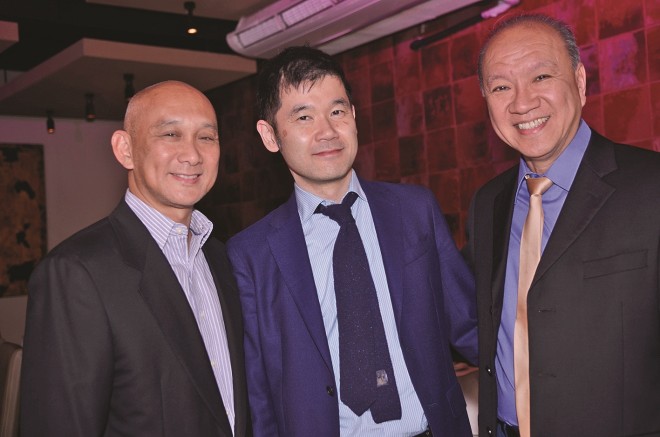
Distinct aroma
Wagyu also has a very distinct aroma that, combined with the sweet taste of the beef, spreads generously while one is chewing a piece in one’s mouth. The aroma, HoW said, is released when the meat is heated to 80 degrees Celsius.
“It stays in the meat and is released again when chewed. Wagyu’s aroma and the flavor from marbling is what give the beef ‘the highest-quality taste,’” it said.
So what have we been eating before Wagyu from Saga arrived on our shores? Castañeda asked politely. A foreign guest later said something about steaks similar to Class AAA “designer” bags.
As the night wore on, most of the guests were too sated to speak. The heady combo of tender steak, wine, aroma and sizzle was that intense.
Eat at your own pleasure.

